BiodiversityChristmas animals and plants: The festive species named for 25 December
Over 30 species around the world are named after Christmas Day because of their bright colours, where they come from or when they reproduce.
However, while Christmas itself is celebrated by many, these species don't always get the appreciation they deserve.
When it comes to Christmas, it tends to be robins and reindeer which rule the festive roost. While these animals feature on cards and seasonal images each year, more than 30 other species are linked to Christmas because of their name.
And while it may be the season of good will to all men, not all these Christmas species receive the same level of love from humanity. A variety of threats face them year-round, with some never to see in another 25 December.
The species of Christmas past
Many of the world's festive flora and fauna are named after the territory of Christmas Island, Australia, which is located in the eastern Indian Ocean. Christmas Island is called Christmas Island because of the day it was spotted by Captain William Mynors in 1643, even though it had previously been seen by other sailors.
Isolated from the rest of the world for millions of years, a diverse array of wildlife evolved on the island. It is also believed to have been uninhabited until being settled by Europeans during the nineteenth century, who opened large phosphate mines.
The arrival of humans, and the opening of the mines, was the beginning of the end for many of the unique Christmas animals found only on the island. Among the first species to be lost were the Christmas Island burrowing rat and Maclear's rat, both believed to have gone extinct in the early 1900s after invasive black rats brought parasitic diseases with them.
Invasive species have continued to harm the island's biodiversity, with the yellow crazy ant among the most damaging. Since arriving in the 1950s, the population has grown so large they formed 'supercolonies' which have killed tens of millions of animals.
Bearing the brunt of the ants is the Christmas Island red crab, with over a quarter of the population thought to have been wiped out. These crabs spend most of their life on land, eating leaves and fruits that fall to the forest floor.
The loss of so many Christmas island crabs has caused 'a rapid, catastrophic shift' in the ecosystem, threatening the growth of trees and the food sources of other species.
To date, the ants have been implicated in the extinction of at least two species and harmed many others. These include the Christmas Island pipistrelle, a species of bat last recorded in 2009, and the Christmas Island whiptail-skink, a lizard not seen in the wild since 2010.
The whiptail-skink was also badly impacted by the wolf snake, which arrived on the island in the 1980s. The snake is thought to have hunted the Christmas Island shrew to the edge of extinction, as the last confirmed sighting of the mammal was in 1985.
The species of Christmas present
While many of the species get their name from Christmas Island, there are also many which do not.
For instance, the Christmas darter, a species of fish found in the southern USA, was thought to have a festive appearance by the scientists who named it, based on its 'gay decoration of the body with symbolic red and green bands'. The Christmas tree crayfish, which also has red bands on its body, is named for similar reasons.
Bright colours are also responsible for the English name of the Rautini, also known as the Chatham Island Christmas tree. Growing up to eight metres tall, its covering of silvery hairs and bright yellow flowers which develop around the festive period inspired its English name.
Other plants which bloom in or around December are also renowned as Christmas plants. For example, the Christmas palm tree, or Adonidia merrillii, gets its name because its fruits become bright red in winter.
It's a similar story for Schlumbergera cacti and the cactus Cylindropuntia leptocaulis, which all flower towards the end of the year in the northern hemisphere. As a result, they are given various names including Christmas cactus, Thanksgiving cactus and holiday cactus.
Though it shares its name with a plant, the Christmas tree worms are anything but. Living on coral reefs, this group of tube-building worms stick brightly coloured structures shaped like the eponymous plant into the water to breathe, as well as trap prey. These are then drawn back into their burrows to feed.
The species of Christmas yet to come
While many threats still face Christmas species around the world, there is hope, especially for those living on Christmas Island.
Populations of two lizard species, the Christmas Island blue-tailed skink and the Christmas Island chained gecko, were both taken into captivity in 2009 after the wolf snake left them on the edge of extinction. With the remaining individuals last seen in the late 2000s and early 2010s, both species are now thought to be extinct in the wild.
Captive breeding populations within the island's national park and in Sydney's Taronga Zoo, have been successful at increasing numbers of the species. While the snake remains a threat, it is hoped that the lizards could be reintroduced to the wild one day.
Meanwhile, there is the prospect of a new Christmas species on the horizon. There are some suggestions that the Christmas Island flying fox, which is currently a subspecies of Blyth's flying fox, may be its own separate species.
If this fruit-eating bat is declared an individual species, it may help to implement more tailored conservation programmes for the mammal, which has been estimated as having a 41% chance of extinction in the next 20 years.
Carrying out this research, whatever the result, may be the best Christmas gift the species could hope for.
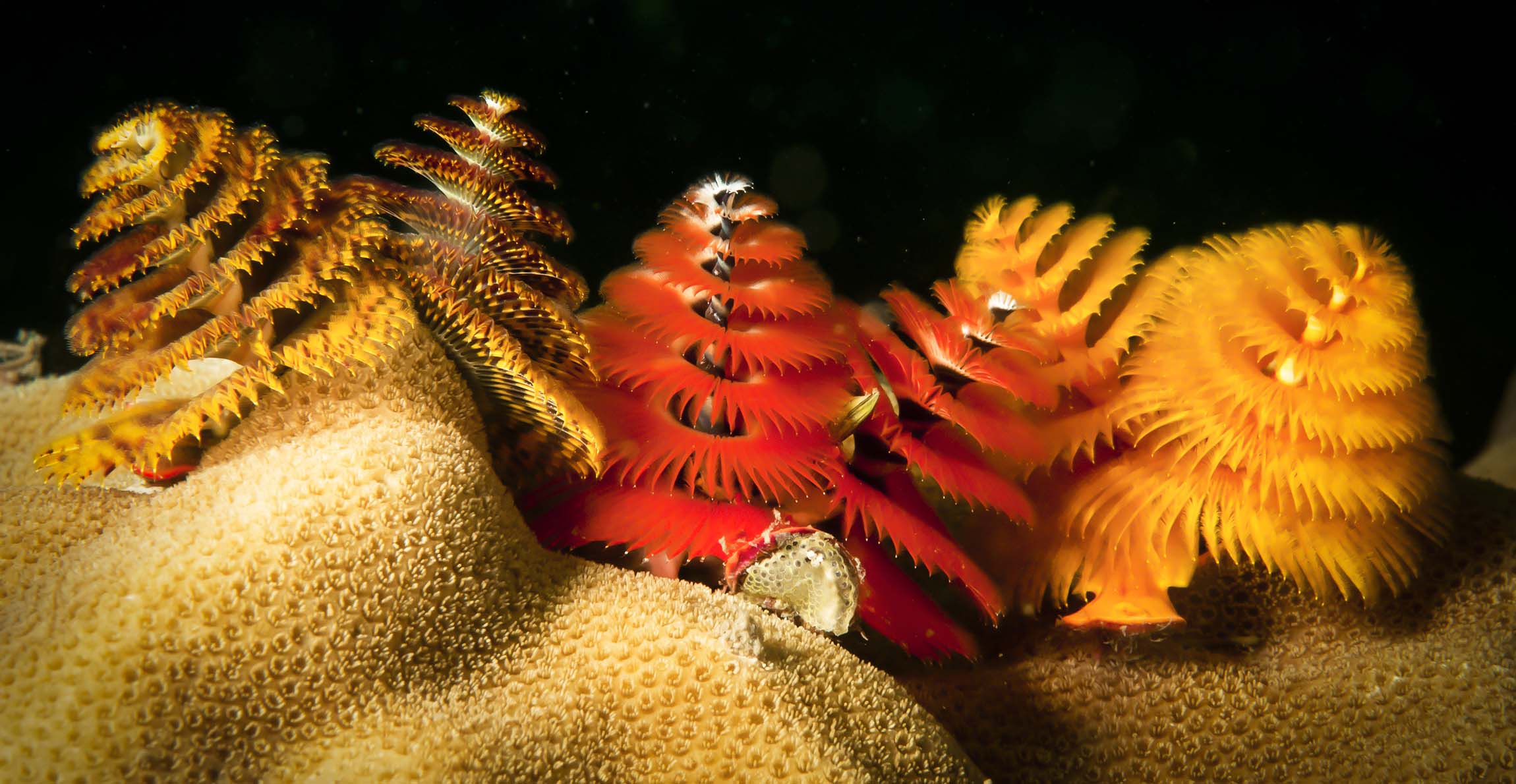
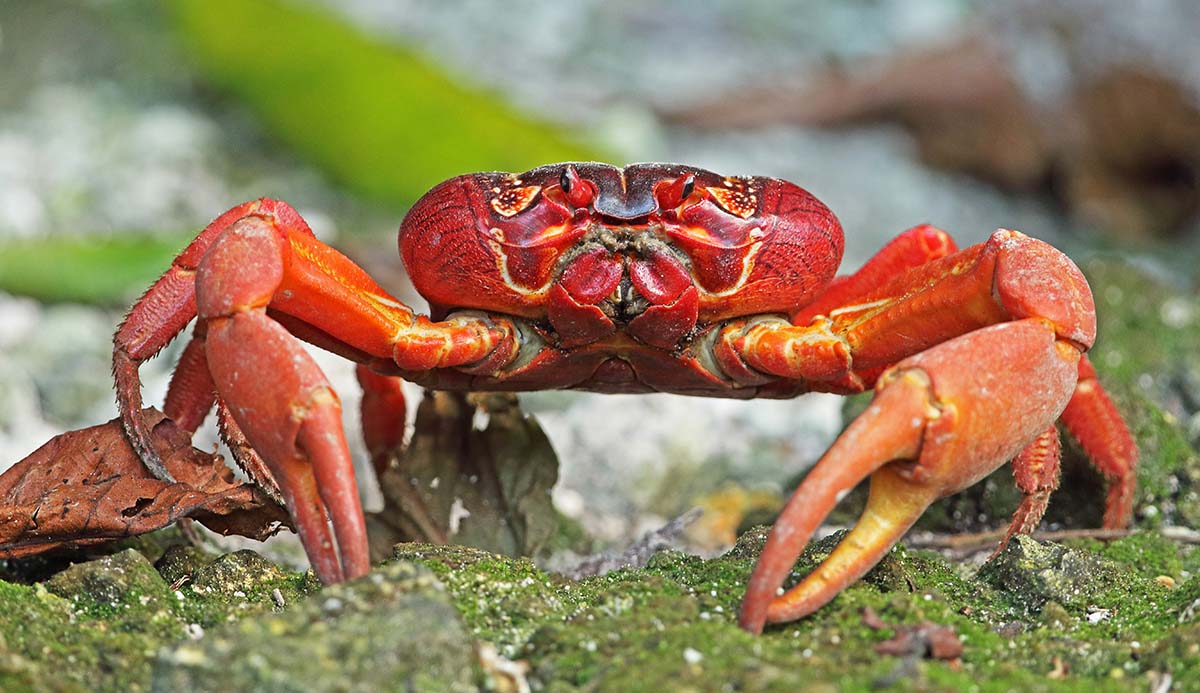

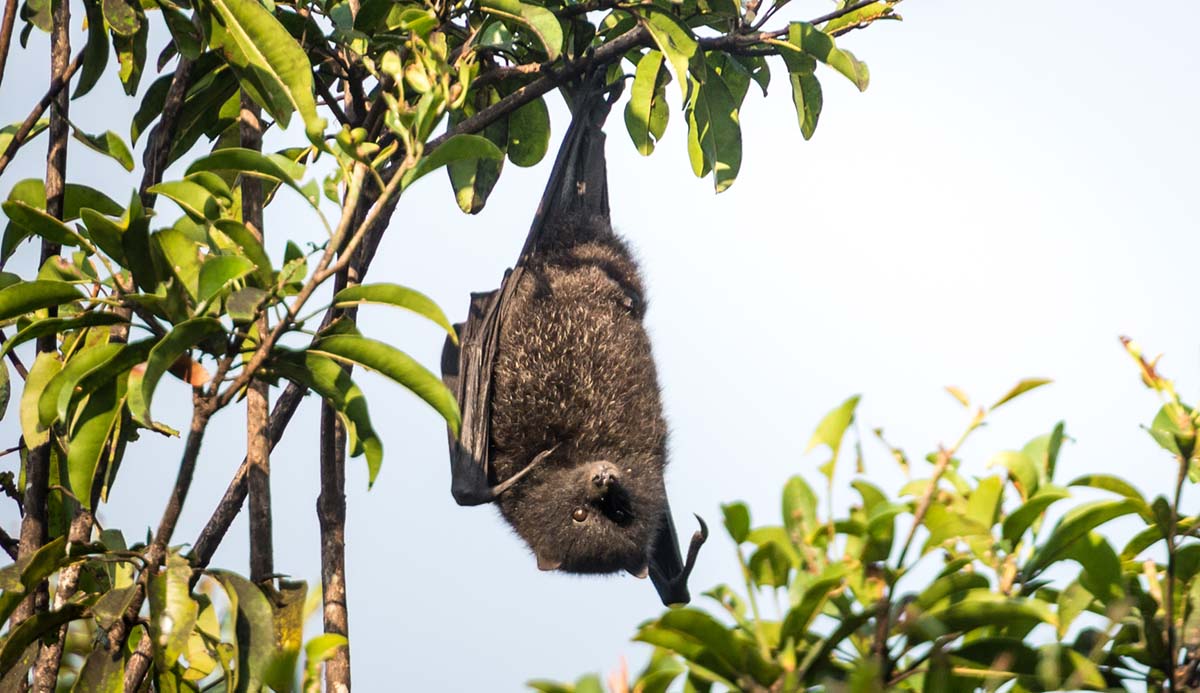


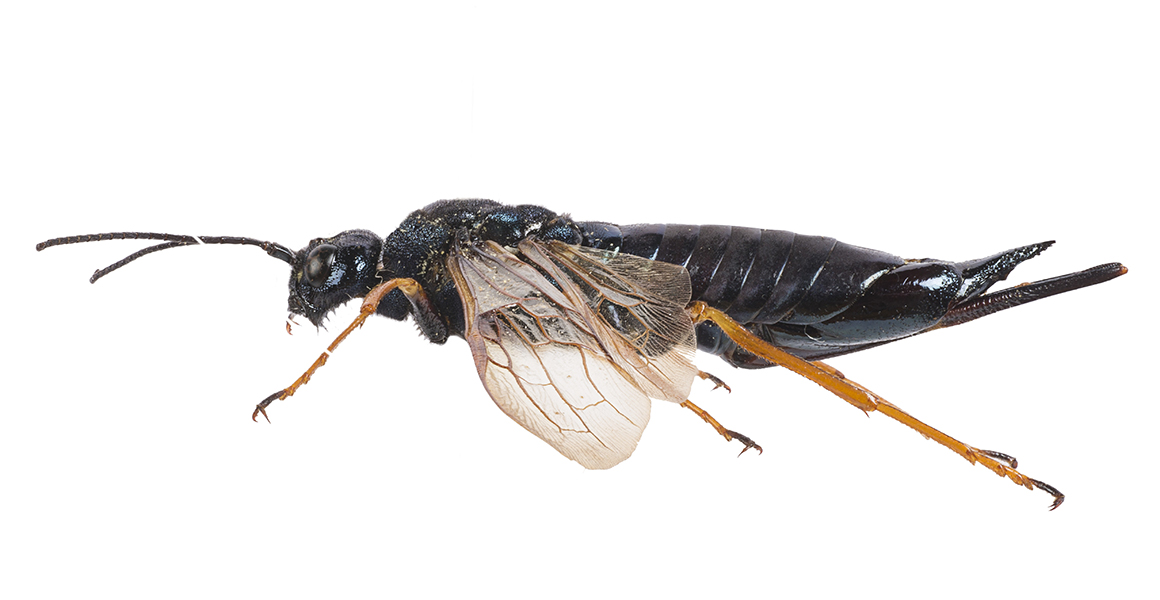

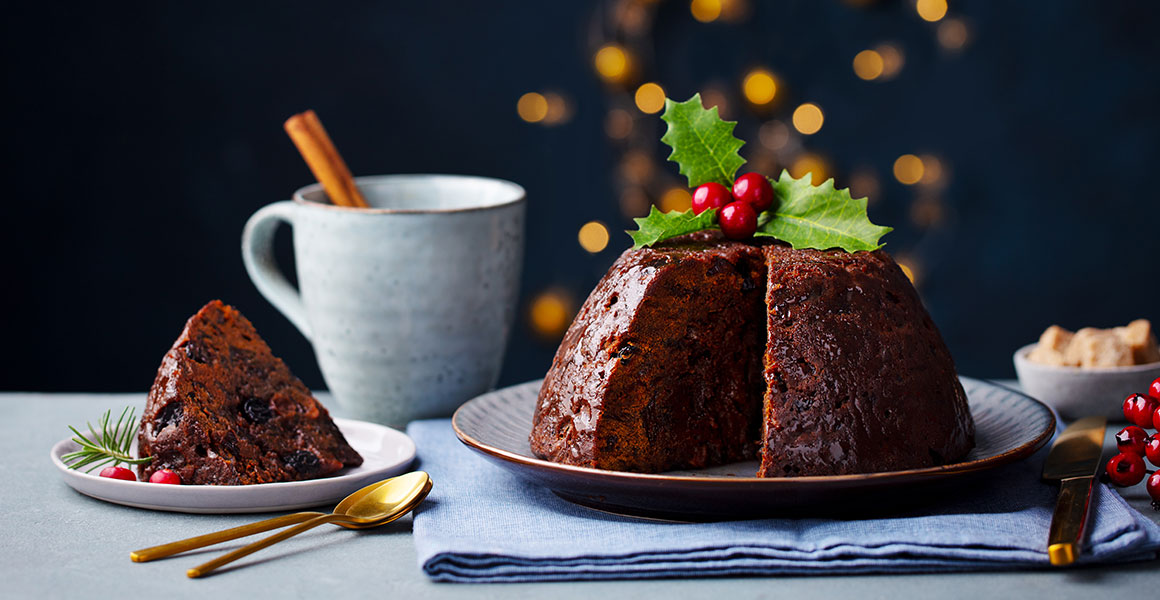
Don't miss a thing
Receive email updates about our news, science, exhibitions, events, products, services and fundraising activities. We may occasionally include third-party content from our corporate partners and other museums. We will not share your personal details with these third parties. You must be over the age of 13. Privacy notice.
Follow us on social media